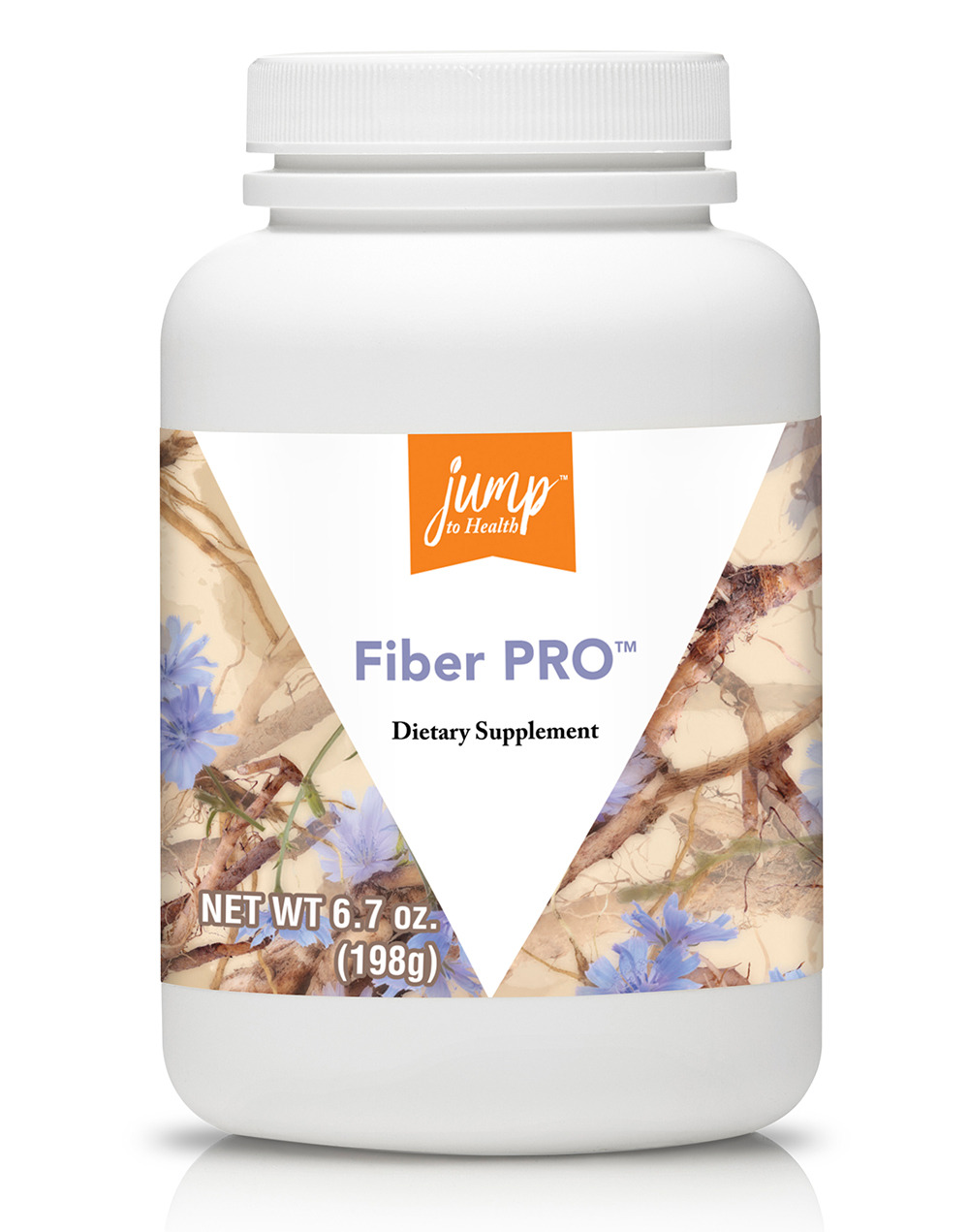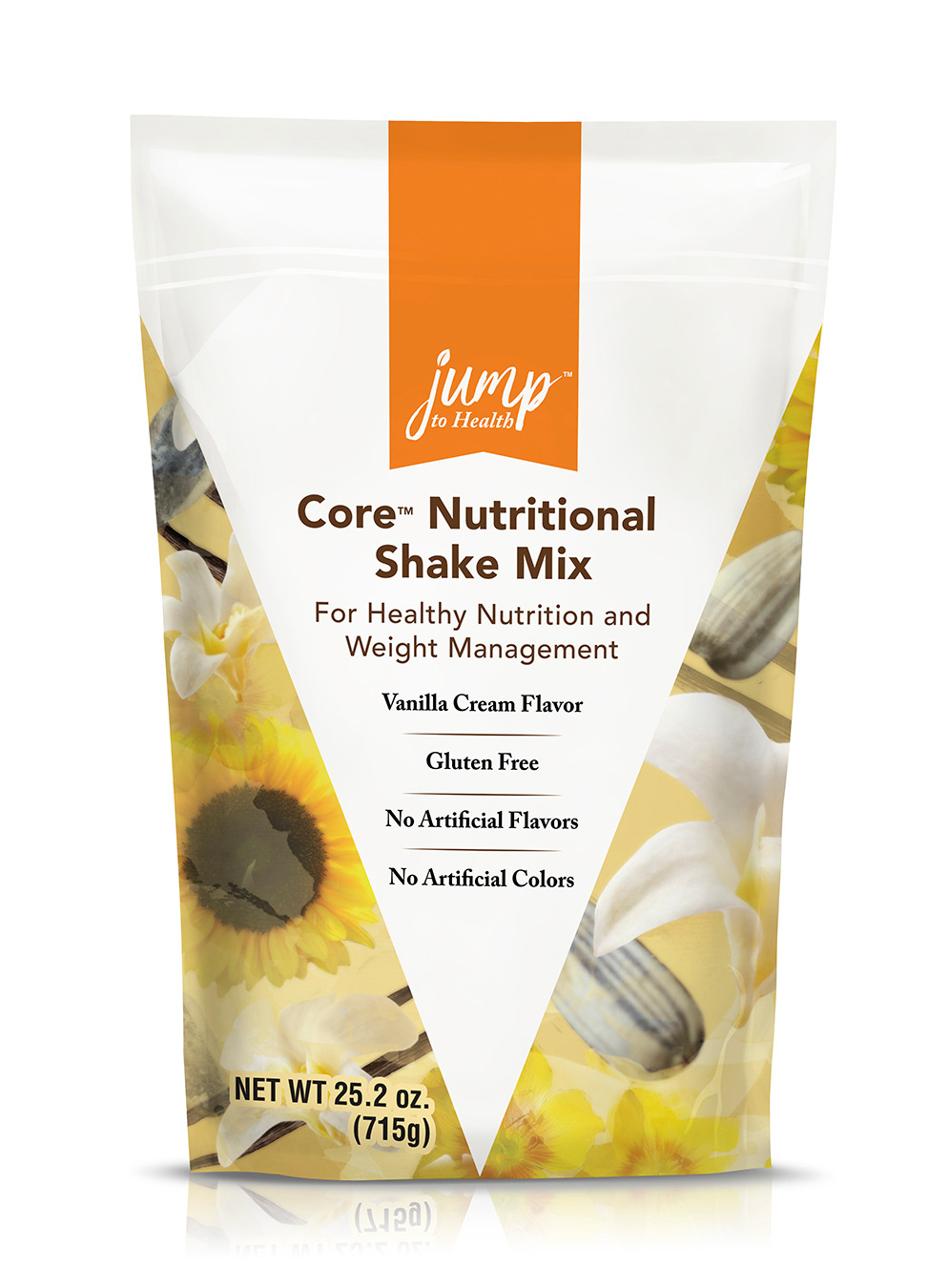Nutrition Collections Series
Food Myth – Is Maltodextrin
worse than sugar?
by Audrey Sommerfeld | Founder & CEO
February 2024

There are over 26 different types of maltodextrin – and it varies what they do, and what impact they can have on health.
Did you know your body makes maltodextrin?
Your body makes maltodextrin when it digests starch. Salivary amylase (enzymes in your mouth) take starch molecules and breaks up the long chains of the starch molecule into maltodextrin wherein the body further breaks it down to glucose.
Our bodies use glucose for fuel. Maltodextrins are just shorter chains of starch molecules. So, if you eat bread, pasta, potatoes, rice – you are making maltodextrin in your body. Maltodextrin is only glucose molecules stuck together. Your blood stream is 5% glucose solution and maltodextrin is easily degraded into glucose.
Maltodextrin vs. Sugar
Due to its chemical structure, it doesn't cause the same blood glucose spike as sugar or high fructose corn syrup do. Some internet myth is it is ‘worse’ than sugar which is not true. Sugar contains fructose – and too much of that can be bad for the liver.
Sugar can spike insulin and can be addictive. Maltodextrin is produced from starches of tapioca, corn, wheat, potatoes or rice and has a flavor that is somewhere between tasteless to hinting of sweetness.
The internet concern is that maltodextrins are rapidly turned into glucose, BUT it’s just like starch found in say white bread.
The key is studies of maltodextrin start with 50 grams (about 12 ½ teaspoons) at a single serving. Capsules and most products contain less than 1 gr or less than 1/8 of a teaspoon.
Health Benefits of Maltodextrin
1. Used in Infant Nutrition where there is lactase deficiency Mothers milk helps provide lactose as a source of energy for infant development. A lactase deficiency can result in inability to digest the nutrition and lead to diarrhea. In such cases maltodextrin is used as a substitute for lactose to provide energy for the infant. It is preferred vs. glucose as it helps reduce diarrhea and related intestinal distress.
2. Used for GI surgery. Protein drinks with high levels of maltodextrin were tested vs. fasting in patients undergoing GI surgery. Studies showed that having this protein/high maltodextrin beverage helped patients have 50% less hospitalization time.
3. Used in sports drinks. Studies showed that maltodextrin vs. sugars, helped runners have less GI distress and also showed better performance as it does not spike insulin like sugar. They can enhance the absorption of water during exercise, and can help aid endurance performance. Other studies show it aids sports recovery by enhancing glycogen recovery, and muscle synthesis- so better recovery.
4. Brain health. In Europe, claims are allowed on maltodextrin that it can help contribute to the maintenance of normal brain function.
"Digestive Resistant Maltodextrin”
is a prebiotic fiber.
It boosts the healthy probiotics in the gut, helps curb hunger, boost regularity,
helps to lower cholesterol, and supports healthier blood sugar levels,
Prebiotic Fiber
Added to Two Jump Products
You can get some prebiotic fiber eating chicory, Jersualem artichokes, raw asparagus, cooked onions, or bananas.
To get the same benefit as in one Jump To Health shake (Core or VPro) you would need to eat 1.3 pounds of bananas.
So, it is hard to get enough prebiotic fiber in our diet. Let alone the fact that most adults get about ½ to 1/3 of the fiber that they need each day.
So we added prebiotic fiber to our shakes, and have 2 types in our Fiber Pro.


FIBER PRO https://www.fluid.app/s/2042e9
CORE SHAKE MIX https://www.fluid.app/s/aa95ed
HOME PAGE JUMP TO HEALTH http://www.livelife-now.com

No comments:
Post a Comment